The role of the molecular autopsy in sudden cardiac death in young individuals
Nature Reviews - Cardiology
JANUARY 22, 2024
Nature Reviews Cardiology, Published online: 23 January 2024; doi:10.1038/s41569-024-00989-0 A molecular autopsy is undertaken in cases of sudden cardiac death with no definitive cause found after conventional autopsy, with the aim of identifying a pathological genetic variant that could account for the death.

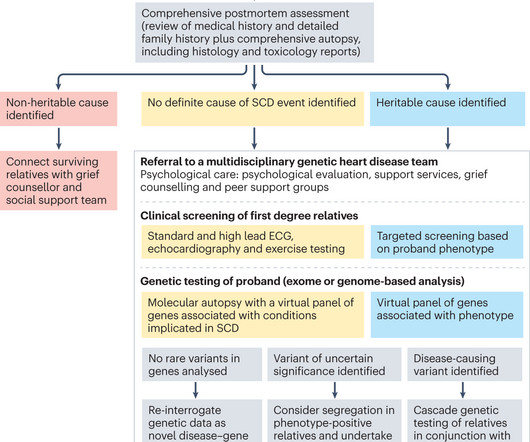

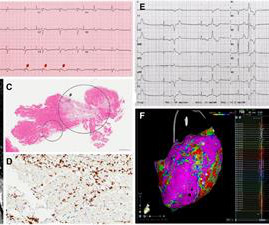






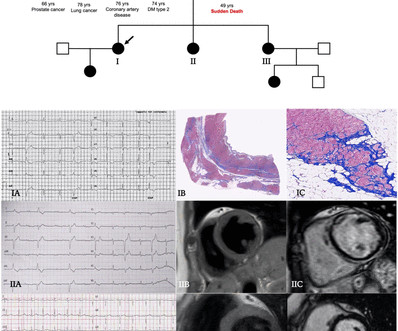

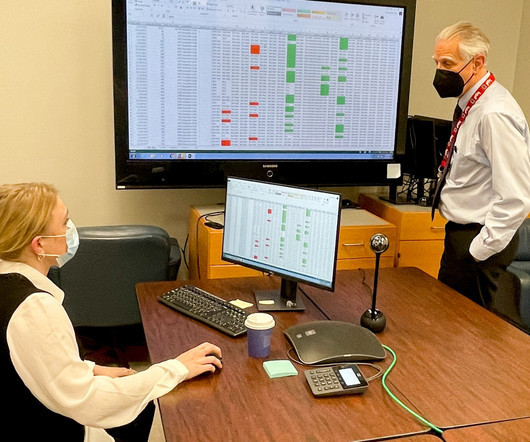
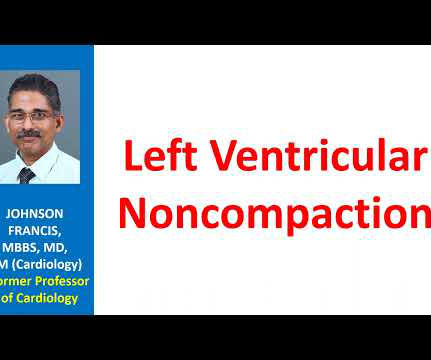
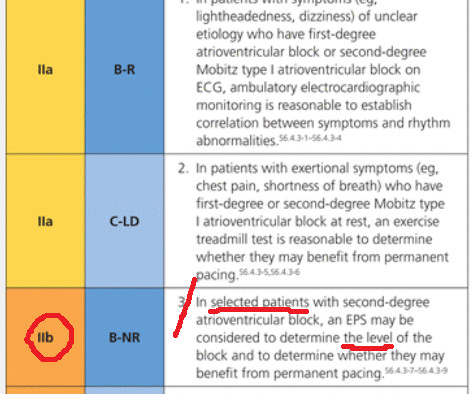

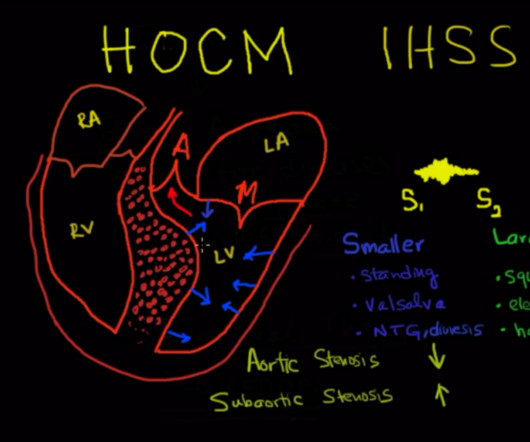


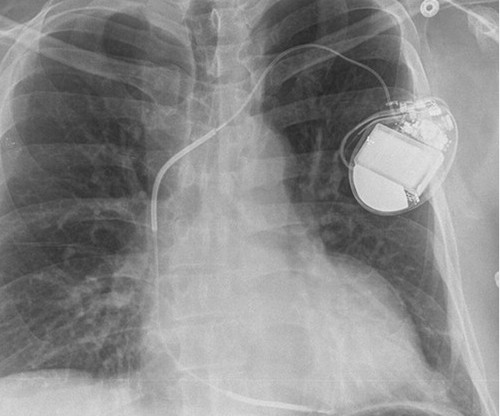
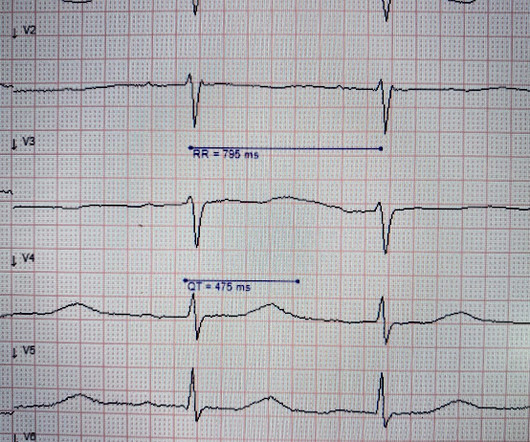
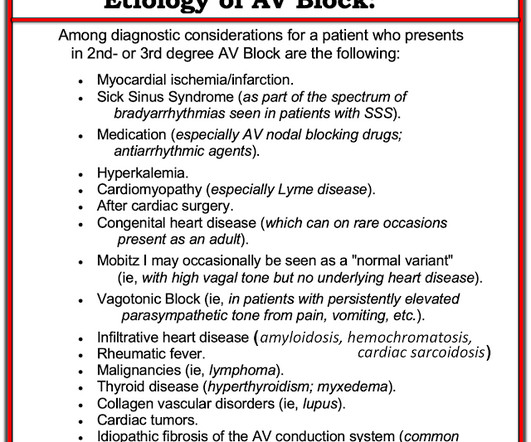








Let's personalize your content